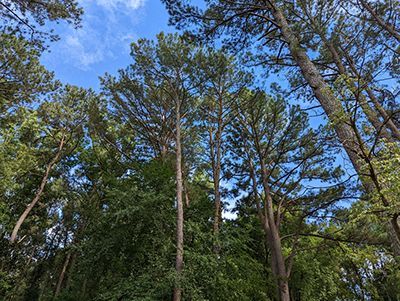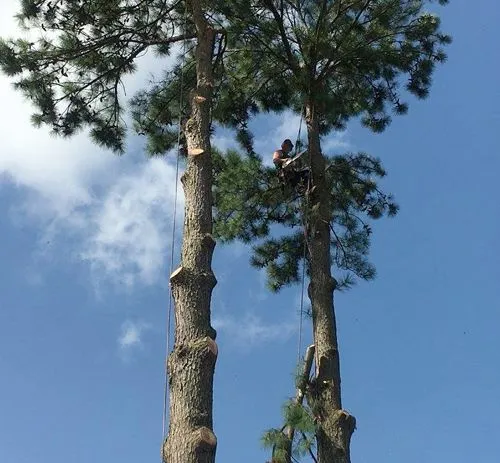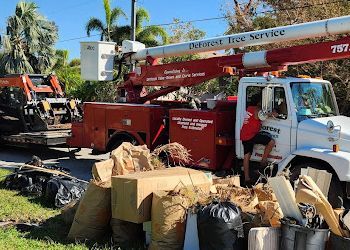FAQ: Pruning a Loblolly Pine

Known for its towering height, fast growth, and long, slender needles, the loblolly pine is a favorite among homeowners and landscapers for its ability to provide shade, privacy, and natural beauty. However, like all trees, it requires regular care to stay healthy and safe. At DeForest Tree Service, we often provide loblolly pine pruning in Virginia Beach and the surrounding area, ensuring these wonderful trees remain healthy. Read on to find out if your pine could benefit from this service!
How Can You Identify a Loblolly Pine?
Loblolly pines are relatively easy to identify. They can grow up to 100 feet tall and have straight trunks with reddish-brown, scaly bark. Their needles are long, bundled in groups of three, and have a vibrant green hue. The cones are egg-shaped and typically 3–6 inches long with sharp spines on their scales. If your tree matches this description, you likely have a loblolly pine in your yard.
When Should You Prune a Loblolly Pine?
Pruning is essential for maintaining the health and safety of a loblolly pine. The best time to prune is during late winter or early spring when the tree is dormant, as this minimizes the risk of stress and disease. However, if you notice dead, damaged, or diseased branches at any time of year, it’s crucial to address these immediately to prevent further issues. For a mature loblolly pine, professional pruning should typically be done every 3–5 years.
What Are the Benefits of Professional Pruning?
Professional pruning offers several key benefits for loblolly pines:
Health Improvement: Removing dead or diseased branches prevents the spread of pests and diseases.
Safety: Pruning reduces the risk of falling branches, protecting people, property, and surrounding plants.
Growth Optimization: Thinning the crown allows more sunlight and air to circulate, promoting healthy growth.
Aesthetic Appeal: Pruning enhances the tree’s natural shape and maintains a polished, well-kept look.
Professional Tree Pruning in Virginia Beach
Pruning a loblolly pine can be challenging due to its height and sharp needles. Professional arborists, such as those at DeForest Tree Service, have the tools, training, and expertise to perform the job safely and efficiently. If you have a loblolly pine on your property, give our team a call at 757-241-4211 to schedule a consultation. We’d be happy to discuss how our services can keep your tree healthy and thriving, and provide you with a quote for the cost of pine tree trimming in Virginia Beach and the surrounding areas.






